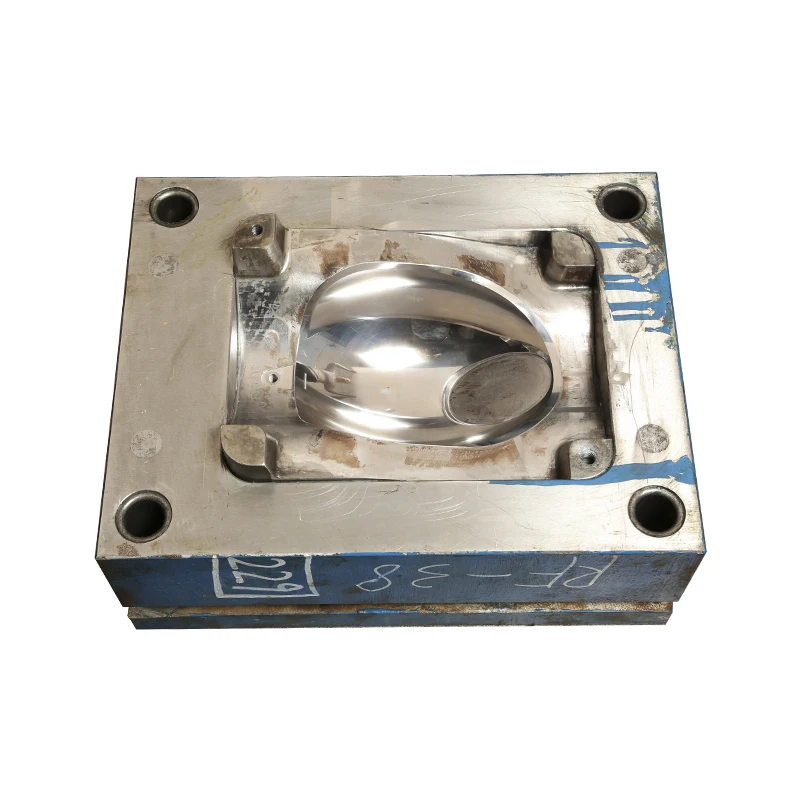Injection molding has emerged as a cornerstone technology in the manufacturing of medical devices, offering unparalleled precision, efficiency, and versatility. This article delves into the significance of injection molding in the medical sector, exploring its benefits, and applications.
Precision and Consistency
Injection molding for medical devices ensures the precise replication of intricate designs with consistent quality, vital for medical devices requiring strict adherence to specifications.
The process allows for tight tolerances, minimizing variability and ensuring uniformity across batches, essential for devices such as syringes, catheters, and implants.
Material Selection and Biocompatibility
Medical-grade materials compatible with injection molding include various thermoplastics and elastomers, chosen for their biocompatibility, sterilizability, and durability.
Polymers like polyethylene, polycarbonate, and silicone offer flexibility in design and functionality while meeting stringent regulatory requirements for patient safety.
Cost Efficiency and Scalability
Injection molding for medical devices offers cost-effective mass production, reducing per-unit costs and facilitating accessibility to essential medical devices.
The scalability inherent in the process enables manufacturers to meet evolving demand efficiently, crucial in responding to healthcare crises and catering to diverse global markets.
Design Flexibility and Complexity
Injection molding accommodates complex geometries and intricate features, enabling the production of sophisticated medical devices with optimal performance.
Design flexibility allows for customization to meet specific patient needs, fostering innovation in areas like prosthetics, orthopedics, and minimally invasive surgical tools.
Sterilization Compatibility
Compatibility with sterilization processes ensures the integrity and safety of devices, essential for preventing healthcare-associated infections and maintaining patient health.
Quality Assurance
Robust quality control measures, including in-process inspections and validation protocols, guarantee compliance with regulatory requirements and uphold manufacturing standards.
Environmental Sustainability
Injection molding for medical devices promotes sustainability through efficient material usage, waste reduction, and recyclability of medical-grade polymers.
Adoption of eco-friendly practices, such as biodegradable materials and energy-efficient manufacturing processes, aligns with global efforts towards environmentally responsible healthcare manufacturing.
Emerging Technologies and Innovations
Advancements in injection molding technology, such as micro molding and multi-component molding, expand capabilities for manufacturing intricate medical devices with enhanced functionality.
Integration of digital technologies like 3D printing and computer-aided design (CAD) further accelerates innovation, streamlining prototyping and production processes.
The future of injection molding in medical device manufacturing looks promising, driven by ongoing research, technological advancements, and evolving healthcare needs. Continued focus on precision, efficiency, and sustainability will underpin the growth and transformation of this critical aspect of healthcare supply chain management.
Conclusion
Injection molding for medical devices stands as a cornerstone technology in the production of medical devices, offering precision, efficiency, and scalability crucial for modern healthcare. As innovation continues to propel the field forward, injection molding remains instrumental in meeting the evolving demands of the medical industry, ensuring the delivery of safe, reliable, and life-saving devices to patients worldwide.

.jpg)

.jpg)